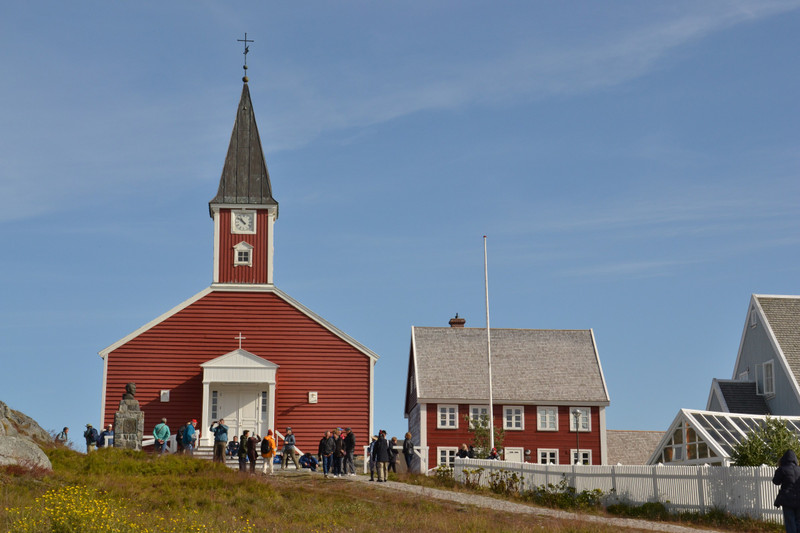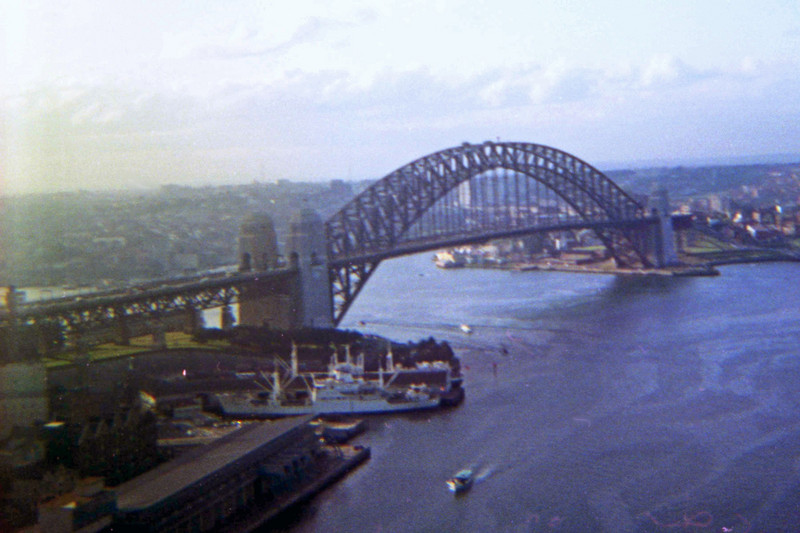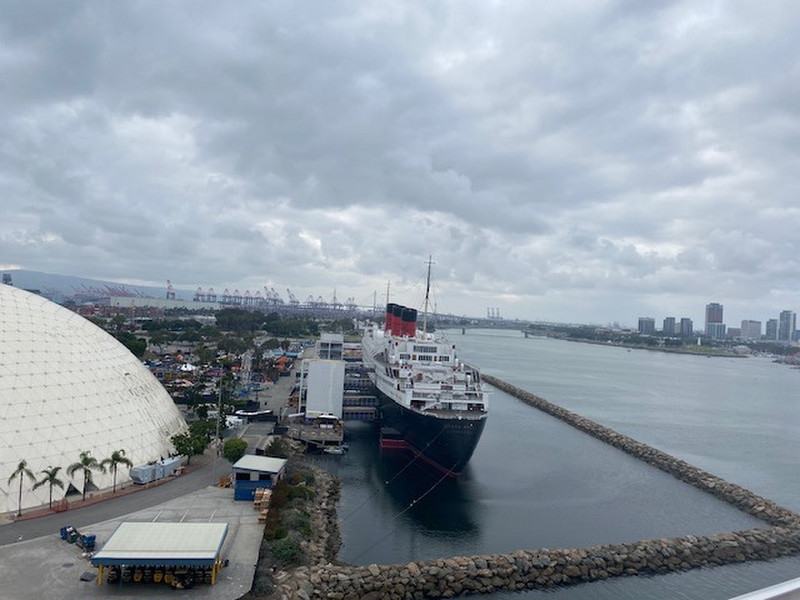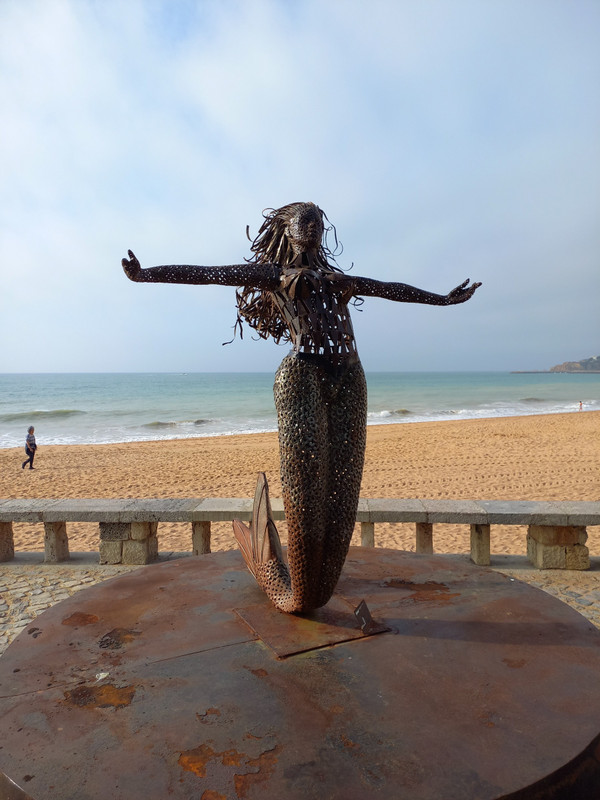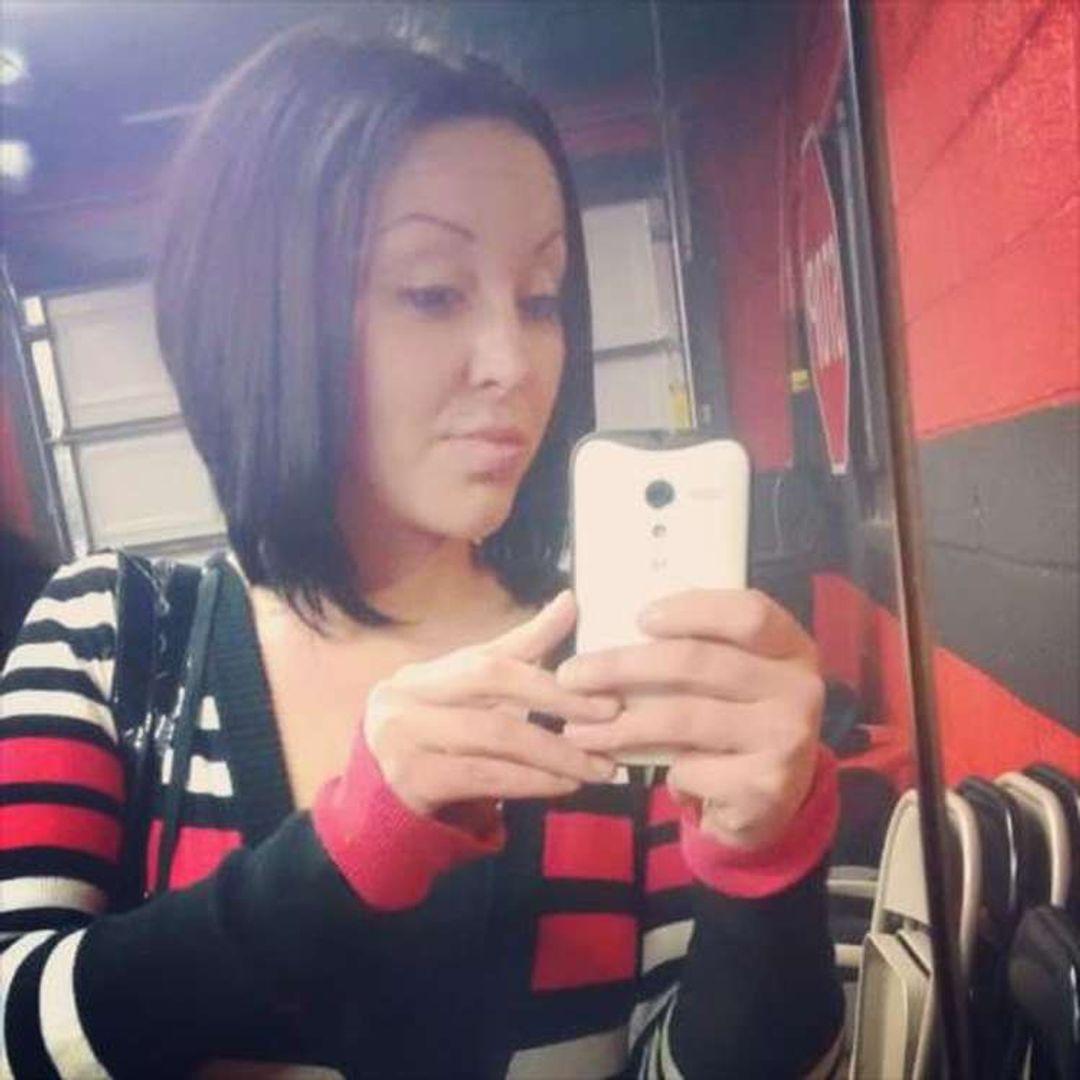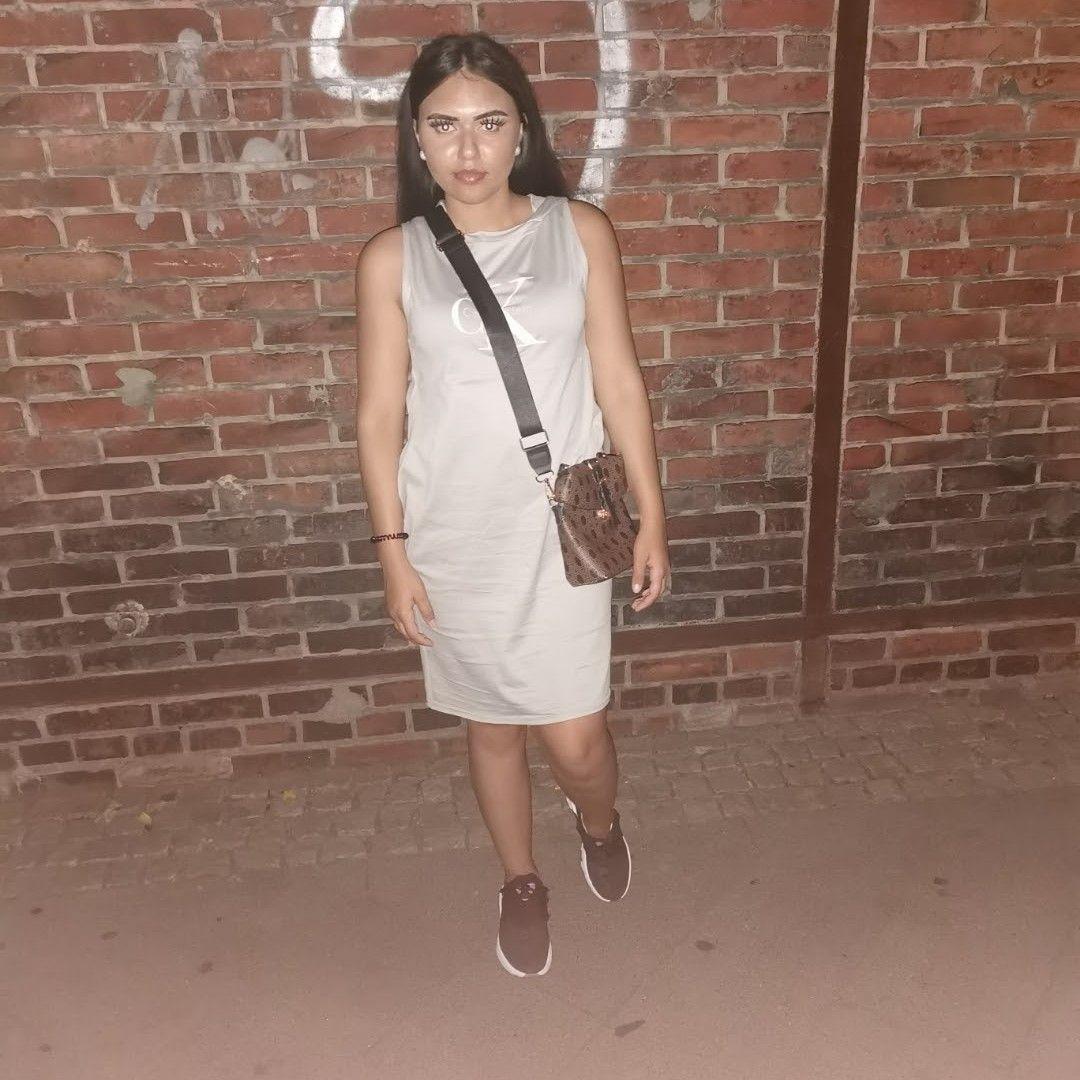Church of Our Saviour (Lutheran) also known as Nuuk Cathedral (Annaassisitta Oqaluffia). Built in The building next to the church is the seat of the Bishop of Greenland (Church of Denmark.) DSC_0419
Our first port call in Greenland was Nuuk, the capital. Formerly named Godthb, the city is the largest town in Greenland with a population of about 18,000. Nuuk is also the worlds northernmost capital city, just below the Arctic Circle. The city is spread out and the landscape quite austere looking. There is little vegetation, even in summer, and no trees or shrubs. Housing is primarily in the form of apartment blocks, most of new construction, although there are townhouses and scattered individual homes. The cityscape of Nuuk presents many contrasts. There is the older area, with its colonial era wooden buildings painted red in the Scandinavian style. Then, there is the newer construction downtown and towards the port and beyond.
Caribbean Princess was able to dock at the Port of Nuuk. It is a busy container and fishing port. Nearly all of Greenlands consumer in from Denmark, transported by the Royal Arctic Line. The city center was about a mile from the dock. Princess had chartered most of Nuuks public bus fleet to provide shuttle service (at a cost of US$20 per person) to the center and to the colonial area, the location of the museum. After
disembarking from the ship, we took the bus to the colonial port and museum area. Two Inuit girls were on hand to provide information to visitors (and to practice their English).
While there, an Air Greenland plane from Nuuk airport flew overhead. Nuuk and Greenland has outside air connections only to Reykjavik and Copenhagen (and the latter only via connection at Kangerlussuaq). There is no air connection from Greenland to North America. It reminds one who isolated Greenland still is. No roads connect any of the towns. Access between them is by air or by a weekly ferry service. in by ship at each coastal port.
The colonial port area is the historic section of town. The Lutheran Church of Our Saviour (also known as the Cathedral of Greenland) overlooks the scene. The red wooden structure dates from Above it on a hilltop is the statue of Hans Egede. Hans Egede was a missionary who came to Greenland in 1722. He had heard stories of the old Norse (Viking) settlements in Greenland and intended to make contact with them. (Those settlements had been abandoned in the 16th century.) Egede instead turned his attention
Statue of Hand Egede, the Apostle of Greenland, overlooking Nuuk. Hans Egede was a Lutheran minister. In the Lofoten Islands, he heard of the Norse settlements in Greenland that had not be contacted for 200 years. In 1721, he was sent by Denmark to attempt to reach them and serve as a missionary. He discovered the ruins of the settlements and by 1723 has established a Danish settlement in Greenland. The settlement eventually became Godthb (Good Hope), modern Nuuk. DSC_0412
to missionary work with the Inuit and he and his colonists established Danish colonization of Greenland.
Down street from the church is the Colonial Harbour district, old Godthb. The Greenland National Museum is here, housed partly in new construction and partly in repurposed whale oil processing buildings from the 1930s. Other preserved buildings from the 18th and 19th centuries form an museum.
The national museum was excellent in its collections and their presentation. In a series of exhibits one learns of the Dorset People, the first inhabitants of Greenland! who lived in the region from 4500 years ago to about 1250. The Thule people, ancestors of todays Inuit, came much across the polar ice and sea from Alaska about 1200. The Norse arrived from Iceland in the 10th century, establishing two settlements. I had not known before that the Norse settlements maintained regular contact with Europe until about 1550, sending trade goods such as ivory. After that, no one knows what became of them.
